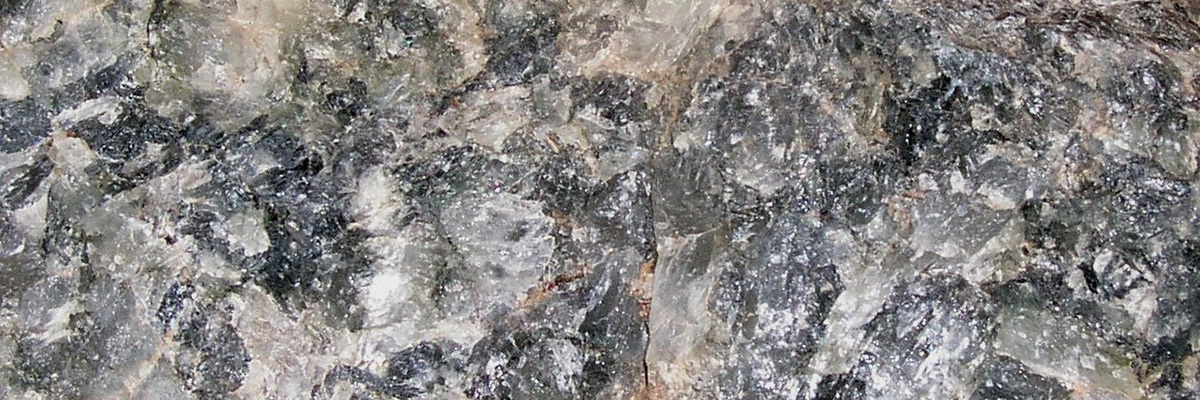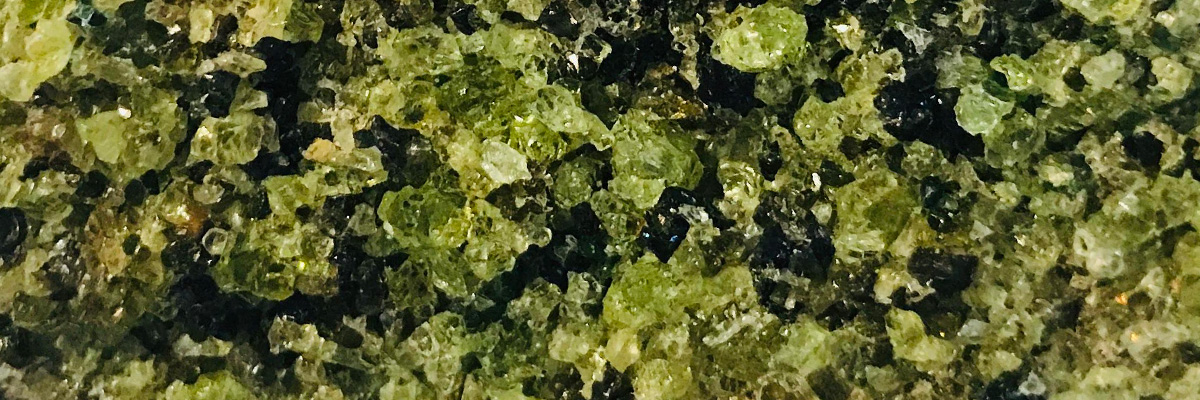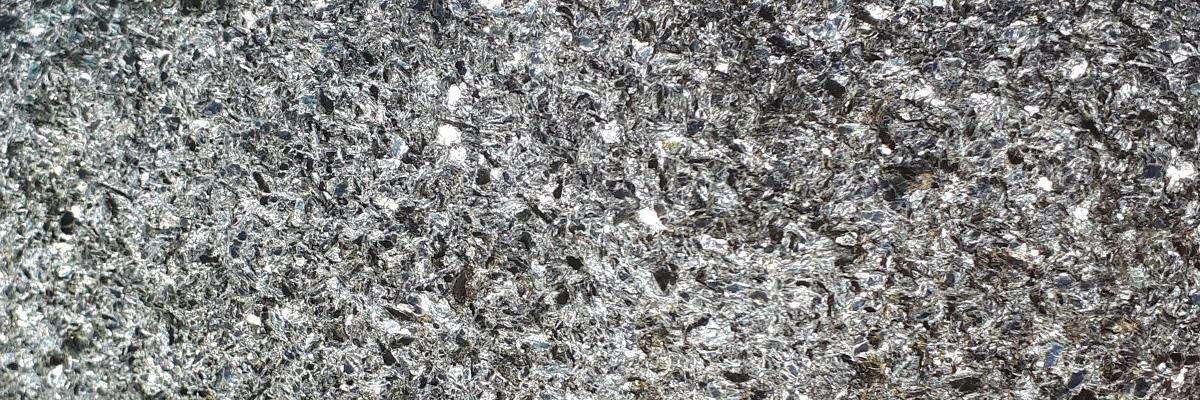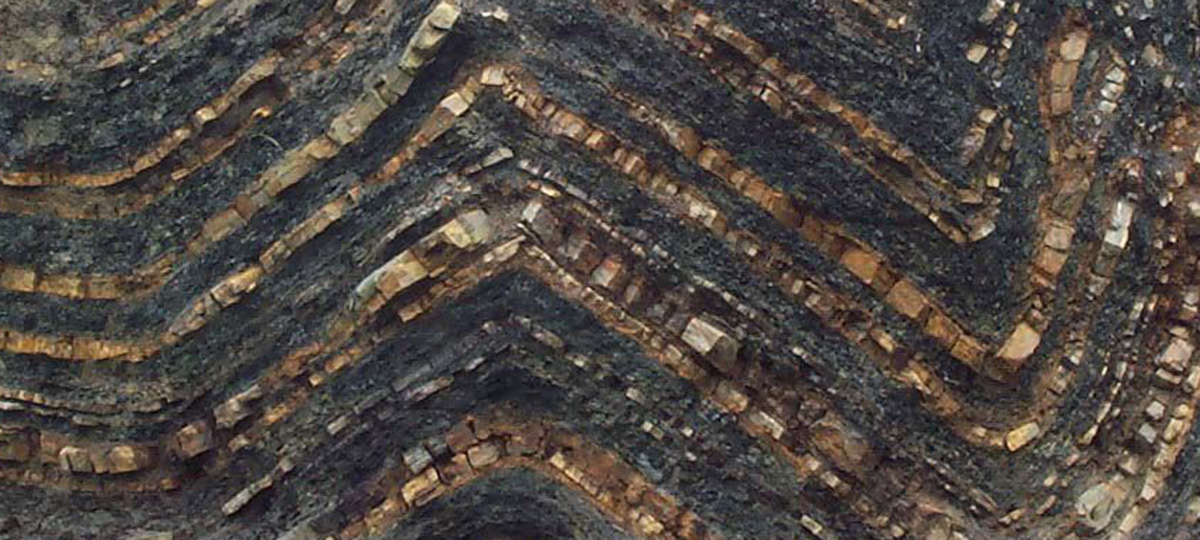Intrusive igneous rocks, also known as plutonic rocks, form from the slow cooling and solidification of magma beneath the Earth’s surface. These hidden wonders of the Earth’s crust offer a fascinating insight into the processes occurring deep within our planet. Intrusive igneous rocks showcase diverse textures and mineral compositions, which provide valuable information about the conditions under which they formed.
Formation
Intrusive igneous rocks form when magma intrudes into the Earth’s crust and cools slowly, allowing large crystals to develop. The rate of cooling and the surrounding environment, such as pressure and the presence of other rocks, determine the texture and mineral composition of the resulting rock. Intrusive rocks are typically found within large, deep-seated bodies known as plutons or batholiths, as well as in smaller structures like dikes, sills, and laccoliths.
Types
There are several types of intrusive igneous rocks, including:
- Granite:
A coarse-grained, felsic rock composed primarily of quartz, alkali feldspar, and plagioclase feldspar, along with minor amounts of mica and other accessory minerals. Granite is found in continental crust and is a common component of large batholiths. - Gabbro:
A coarse-grained, mafic rock composed of plagioclase feldspar, pyroxene, and olivine, with minor amounts of amphibole and other accessory minerals. Gabbro is a major component of the oceanic crust and can also be found in continental settings. - Diorite:
A coarse-grained, intermediate rock composed of plagioclase feldspar, hornblende, and sometimes quartz. Diorite is often found in association with granite and gabbro in deep-seated plutonic bodies. - Peridotite:
An ultramafic, coarse-grained rock composed mainly of olivine and pyroxene, with minor amounts of other minerals. Peridotite is found in the Earth’s mantle and is the primary source of magma for basaltic volcanism.
Properties
Intrusive igneous rocks display a range of properties, reflecting their distinct textures and mineral compositions. They generally have coarse-grained or phaneritic textures, resulting from the slow cooling that allows for the formation of large, visible crystals. The colors of intrusive igneous rocks can range from light to dark, depending on their mineral compositions.
Intrusive rocks can be classified based on their silica content and mineralogy into felsic, intermediate, mafic, and ultramafic categories, which provide valuable insights into the processes that formed them and the tectonic settings where they occur.
Significance
Intrusive igneous rocks hold significant importance in various fields. In geology, they provide crucial information about the Earth’s interior, the processes that form new crust, and the mechanisms driving plate tectonics. They also serve as a source of valuable mineral deposits, such as copper, gold, and rare earth elements.
Intrusive igneous rocks have important commercial and industrial uses, with granite being widely used as a building and decorative stone, and gabbro utilized as a dimension stone and in the production of aggregates for construction purposes.
Understanding the formation, distribution, and properties of intrusive igneous rocks is essential for managing natural resources, evaluating geological hazards, and mitigating the environmental impacts of their extraction and use. Studying these rocks contributes to our understanding of the dynamic processes that shape the Earth’s crust and the diverse geological environments where they occur.
Examples
-
Anorthosite
Anorthosite is an intrusive igneous rock that is predominantly composed of the mineral plagioclase feldspar. The rock exhibits a coarse-grained or phaneritic texture, with visible, …
-
Carbonate
Carbonatite is an uncommon and intriguing igneous rock that is primarily composed of carbonate minerals, such as calcite, dolomite, and siderite. This sets it apart …
-
Gabbro
Gabbro is an intrusive igneous rock, part of the plutonic class, primarily composed of plagioclase feldspar, pyroxene, and occasionally olivine. Its coarse-grained or phaneritic texture …
-
Granite
Granite is a coarse-grained, intrusive igneous rock primarily composed of quartz, feldspar, and mica, making it a part of the plutonic class. Exhibiting a wide …
-
Peridotite
Peridotite is an ultramafic, intrusive igneous rock that comprises the majority of Earth’s upper mantle. The rock exhibits a coarse-grained or phaneritic texture, with visible …
-
Pyroxenite
Pyroxenite is an intrusive igneous rock that belongs to the ultramafic category, characterized by its dark color and high magnesium and iron content. It is …

Related Posts
-
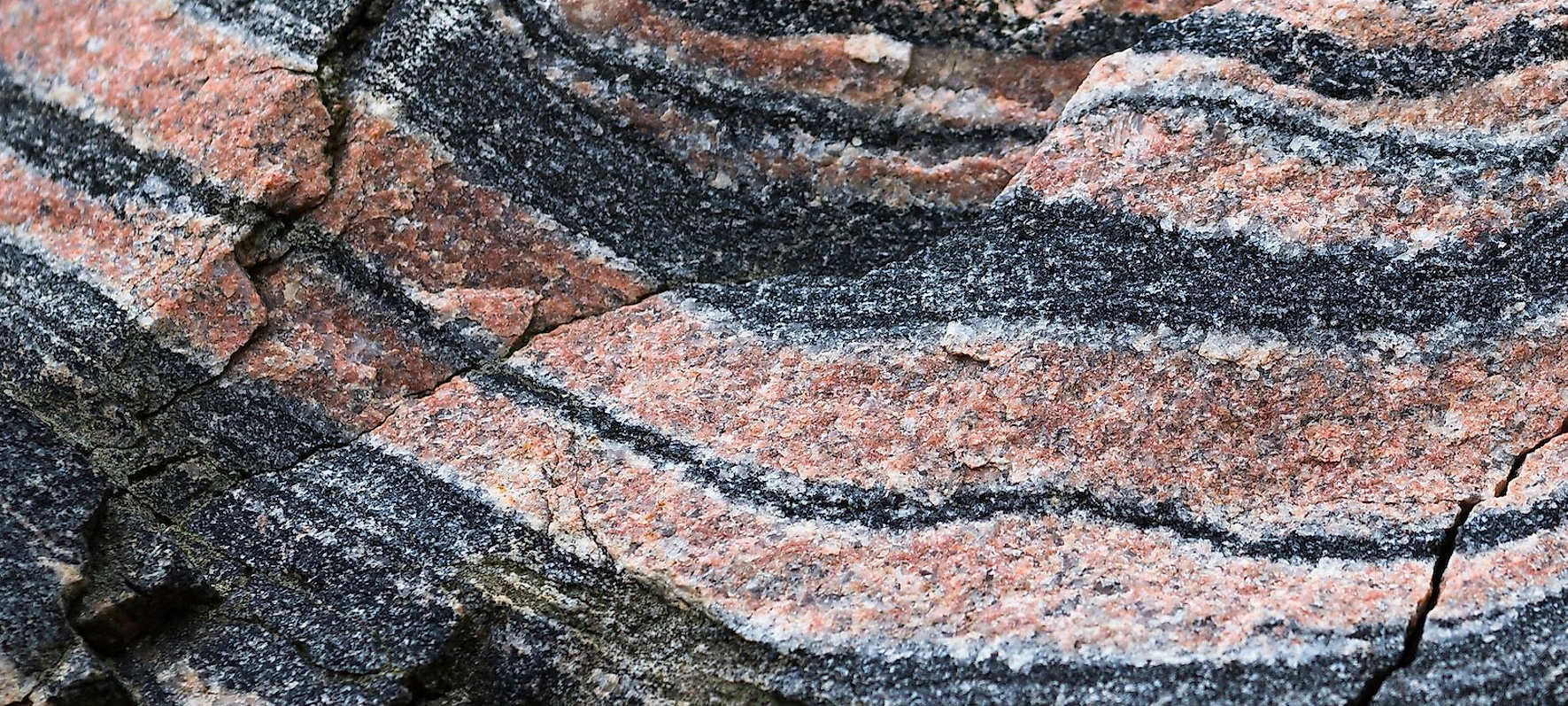
Metamorphic
Metamorphic rocks are a fascinating class of rocks that have undergone transformation due to intense heat, pressure, or mineral exchange deep within the Earth’s crust. …
-
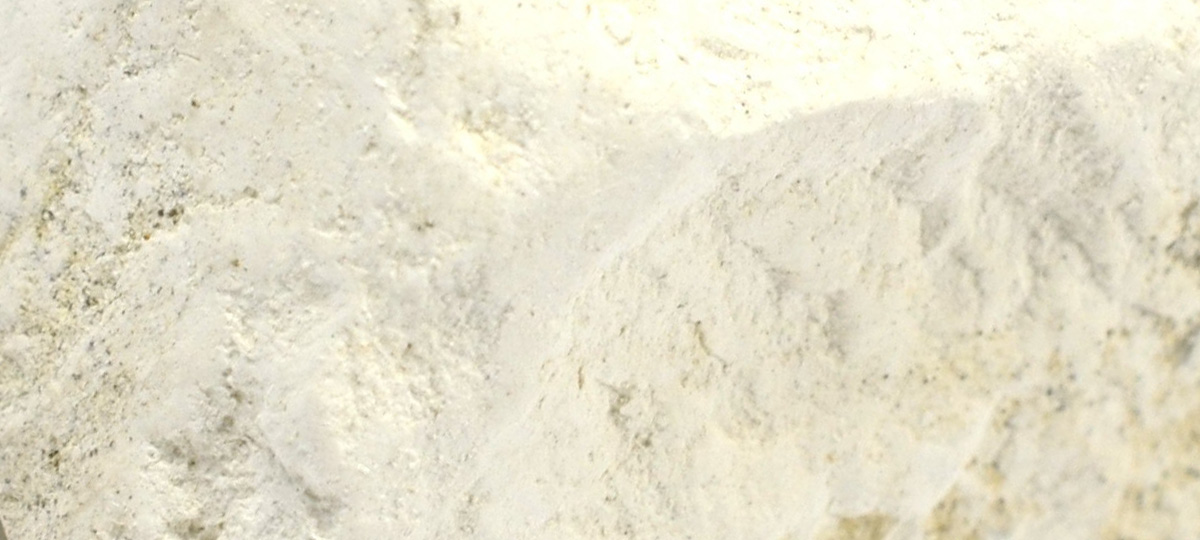
Organic Sedimentary
Organic sedimentary rocks are unique formations derived from the accumulation and preservation of plant and animal remains, providing a window into Earth’s biological history. These …
-
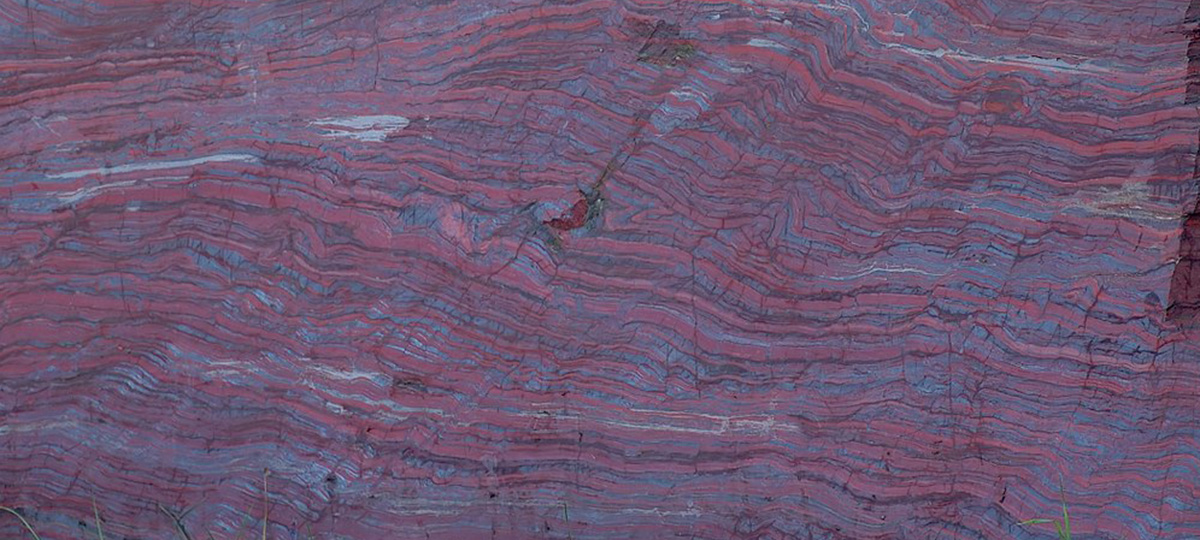
Chemical Sedimentary
Chemical sedimentary rocks are formed from the precipitation of dissolved minerals from water, often due to changing environmental conditions. These captivating rocks offer valuable insights …


